Embarking on a journey along the Camino de Santiago is not just a physical trek but a voyage through the rich tapestry of history, culture, and spirituality that has been woven over centuries. Each Camino route offers its unique array of cultural gems, from majestic cathedrals to quaint villages, each with its own story to tell. Let’s explore the cultural highlights that await on various Camino de Santiago routes.
Camino Francés: The Heartbeat of the Camino
The Camino Francés is perhaps the most iconic of all the routes, a path trodden by millions of pilgrims. It’s a journey through the soul of Spain, offering an unparalleled cultural experience. An ancient pilgrim path across the north of the Iberian Peninsula, the full Camino Frances begins near the gorgeous red and white town of Saint-Jean-Pied-de-Port and finishes in the holy city of Santiago de Compostela.
Burgos Cathedral
The Burgos Cathedral is a masterpiece of Spanish Gothic architecture, the cathedral is a UNESCO World Heritage site. Its vastness and the intricacy of its design are awe-inspiring.
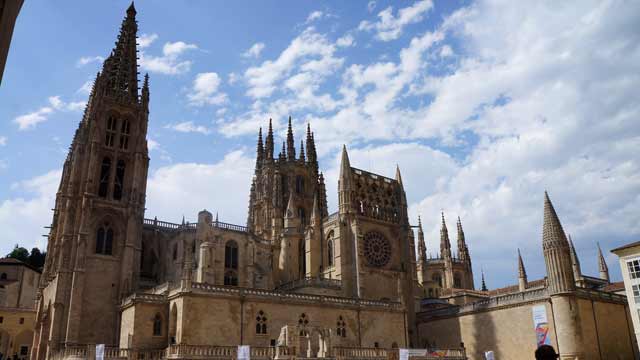
León’s Historical Centre
Wander through the ancient streets of León to discover the stunning Gothic León Cathedral, known for its beautiful stained glass windows, and the Basilica of San Isidoro, home to royal tombs and the Royal Pantheon’s stunning Romanesque frescoes.
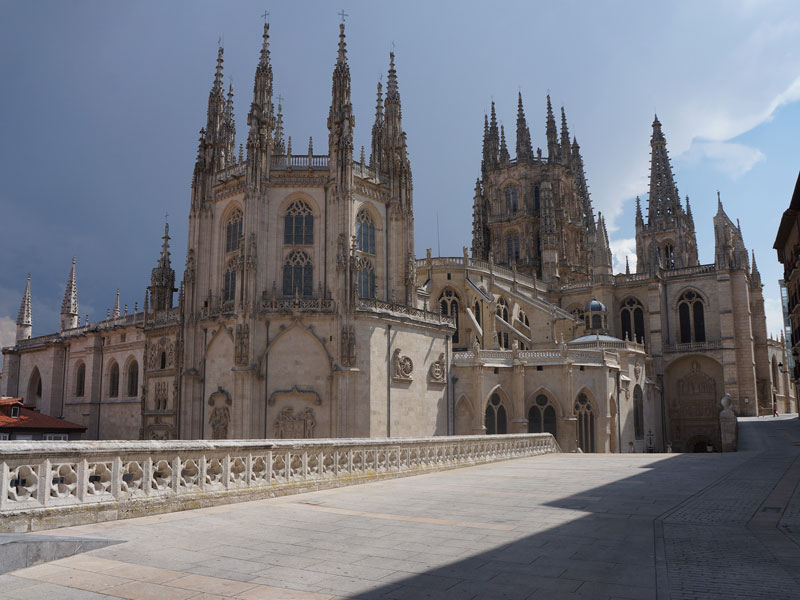
Camino Portugués: A Path Through Portugal’s Past
The Camino Portugués takes pilgrims through Portugal’s lush landscapes and historic cities, each brimming with cultural treasures. Pilgrims pass beautiful towns, villages and scenic countryside and coastal views. Some key locations include Santarém, Coimbra, Porto city, Viana do Castelo, Vigo, Pontevedra and finally Santiago de Compostela.
Porto’s Ribeira
The historic district of Porto, a UNESCO World Heritage site, offers narrow cobbled streets, ancient houses, and the stunning Porto Cathedral are some of the standout cultural highlights of the Camino.
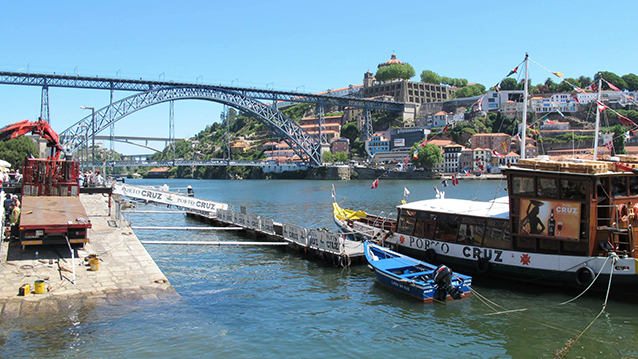
Ponte de Lima
The ancient town of Ponte de Lima is known for its medieval bridge over the Lima River and its beautiful historical centre, offering a glimpse into Portugal’s rich past.
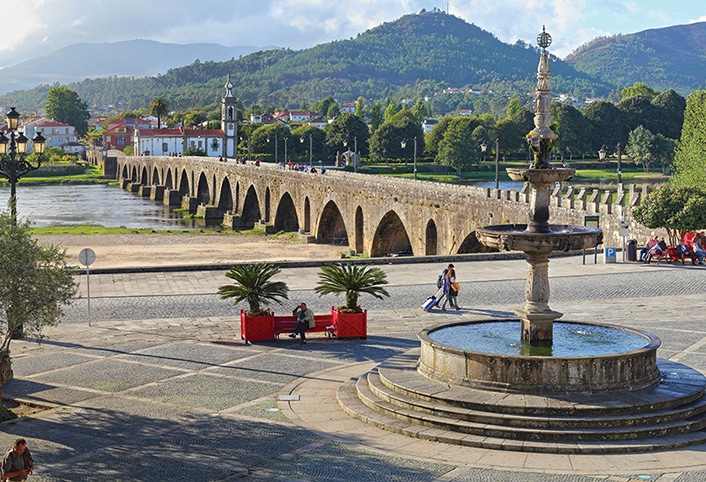
Camino del Norte: Coastal Beauty and Cultural Splendour
Travelling along Spain’s northern coast, the Camino del Norte is a route of breathtaking landscapes and cultural richness.
Guggenheim Museum in Bilbao
A symbol of modernity, the museum’s innovative design and contemporary art collections are a cultural highlight not to be missed on the Camino del Norte.
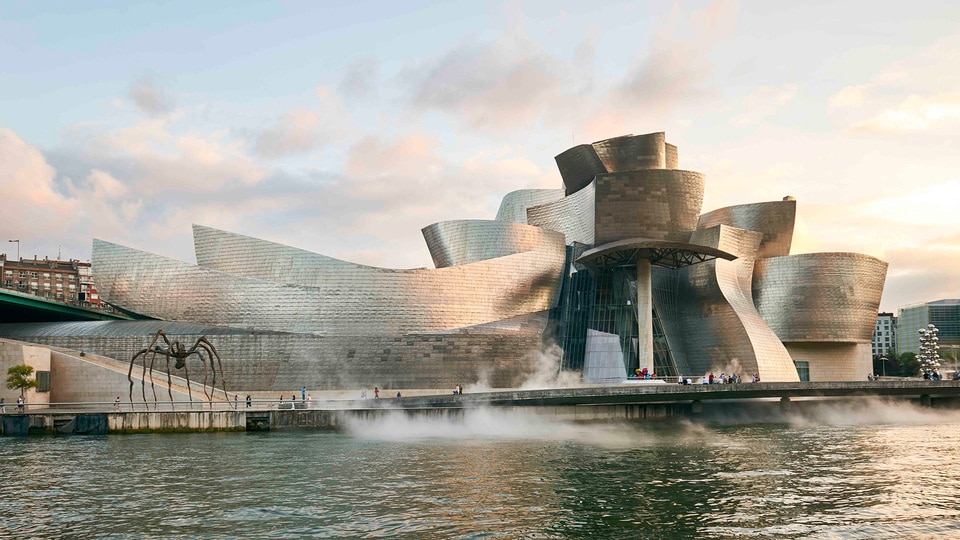
Santillana del Mar
Santillana del Mar, hailed as Spain’s beauty, boasts medieval architecture and cobbled streets. It provides a vivid step back in time. Its well-preserved heritage offers a captivating glimpse into Spain’s past, making it a highlight for pilgrims on the Camino del Norte.
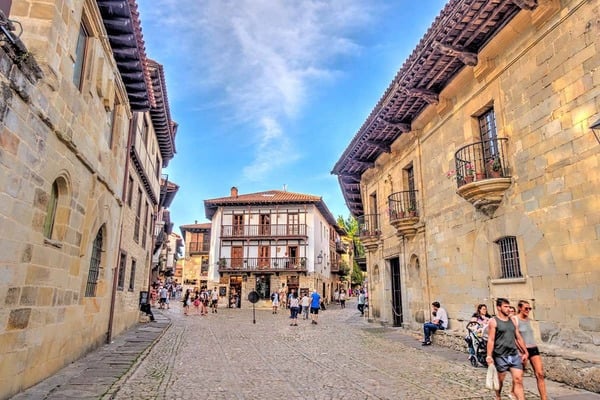
Via Francigena: An Italian Pilgrimage
Though not a part of the Camino de Santiago, the Via Francigena is a significant pilgrimage route leading to Rome, offering a journey through Italy’s heart.
Siena
A UNESCO World Heritage site, Siena is one of the most visited places in Italy. It is renowned for its medieval cityscape, world famous for its art, stunning cathedral, the famous Piazza del Campo and cuisine and the ‘Palio‘, the spectacular annual horse race held in the city’s piazza.
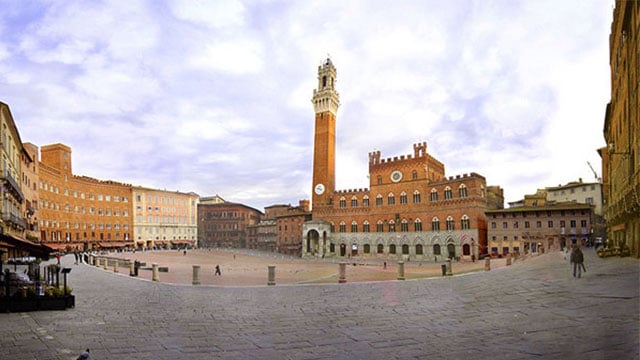
The Vatican City
The journey’s end brings pilgrims to the heart of Catholicism, offering the chance to visit St. Peter’s Basilica and the Vatican Museums, home to some of the world’s most important art and religious artefacts. In 2025, a Jubilee Year, Rome will host special events and pilgrim blessings, making it a centre of spiritual celebration. Pilgrims can walk through St. Peter’s Basilica’s Holy Door, a sacred tradition symbolising renewal, grace, and a fresh spiritual beginning.
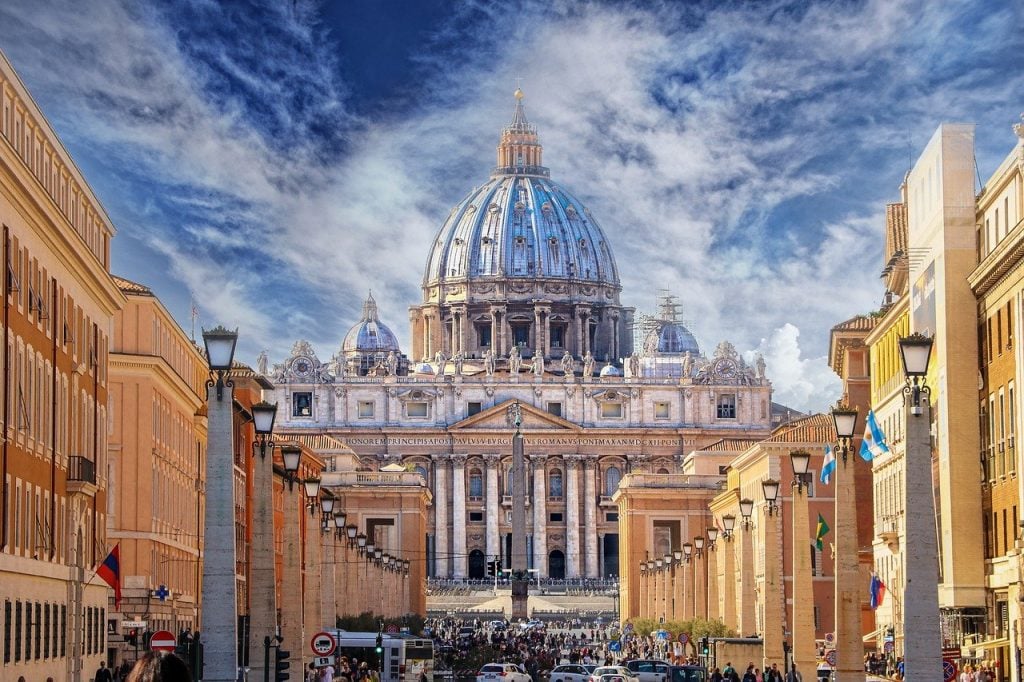
Camino Inglés: The English Way
The Camino Inglés, once the route of English pilgrims arriving by sea, offers a shorter yet culturally rich experience.
Ferrol’s Naval History
Starting in Ferrol, pilgrims can explore the city’s naval heritage before embarking on their journey. The city’s maritime museums and historic dockyards offer a unique glimpse into Spain’s rich naval history, setting the stage for the spiritual voyage ahead.
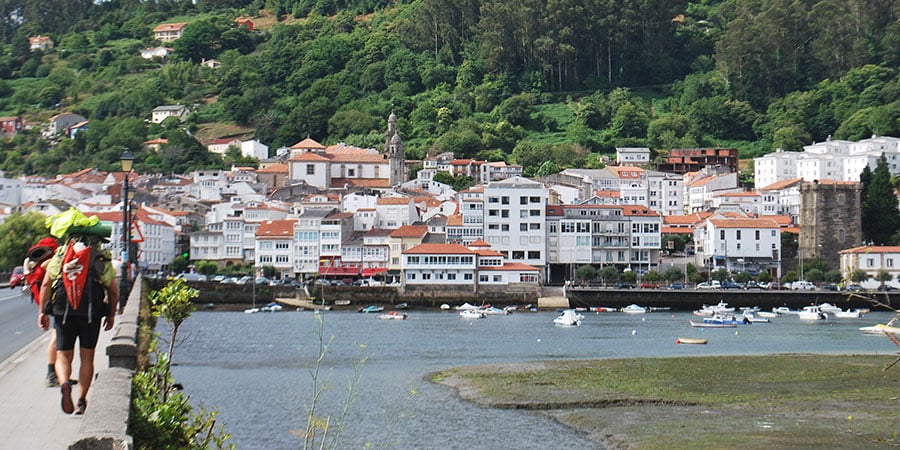
Betanzos
Known for its well-preserved medieval old town, Betanzos offers a fascinating insight into Galicia’s history and culture. Strolling through its ancient streets, visitors can feel the echoes of the past and immerse themselves in the town’s vibrant historical tapestry.
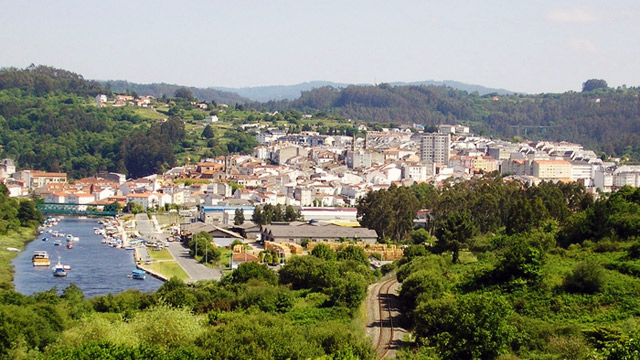
Camino Finisterre: To the End of the World
The Camino Finisterre, an extension of the pilgrimage beyond Santiago, leads to what was once believed to be the world’s end.
Cape Finisterre
The dramatic coastal landscapes and the historic lighthouse offer a symbolic end to the pilgrimage, where many burn their boots or leave a memento of their journey.
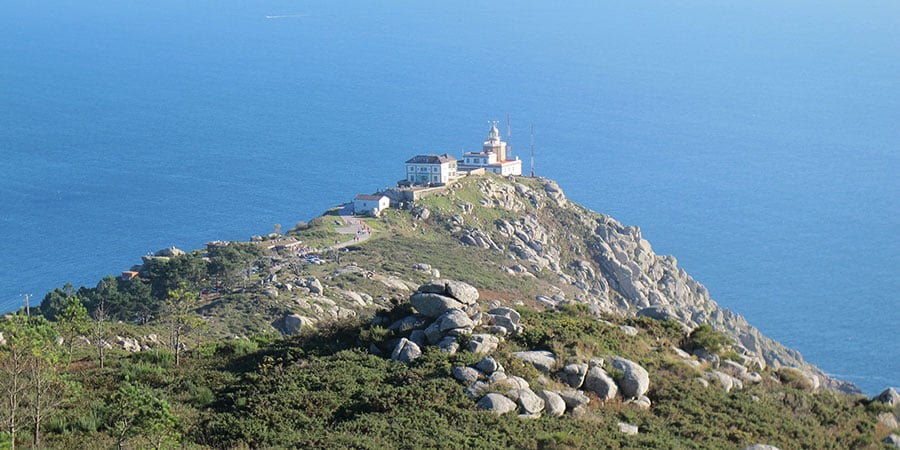
Muxía
Visit the Sanctuary of Nuestra Señora de la Barca, a place shrouded in legends and offering stunning sea views. Here, pilgrims and visitors alike can experience a profound sense of peace and contemplation, surrounded by the natural beauty of the rugged coastline.
Via de la Plata: The Silver Route
The Via de la Plata is a path of historical significance, once a Roman road linking the north and south of Spain.
Mérida
Mérida’s Roman Theatre ruins, Amphitheatre, and the National Museum of Roman Art are a testament to the city’s ancient past and a must-visit for history enthusiasts. These sites showcase Roman architectural and artistic skill, offering insight into ancient daily life. They provide a vivid glimpse into past cultures.
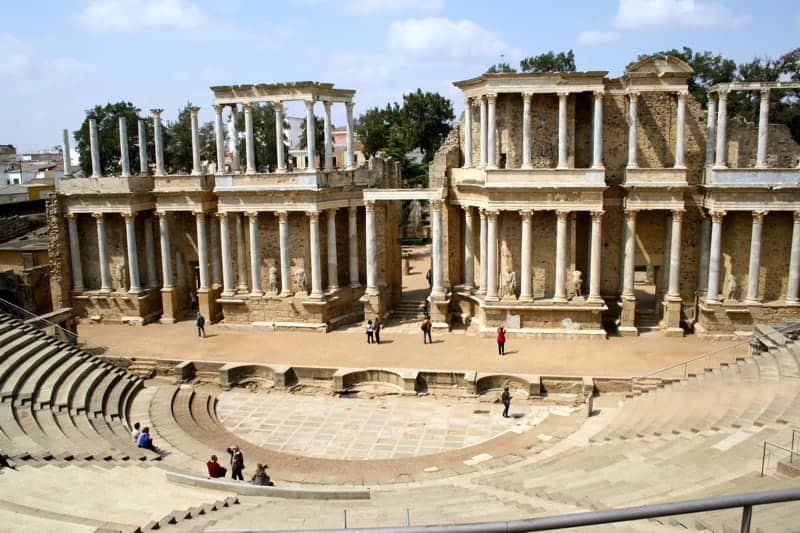
Cáceres
Cáceres is an UNESCO World Heritage site, the city’s old town is a splendid example of medieval and Renaissance architecture in Spain. Wandering through its narrow streets and grand squares, visitors are transported back in time, surrounded by the rich historical ambiance and architectural beauty that has been meticulously preserved through the centuries. Some scenes from the hit television show, Game of Thrones was even filmed here.
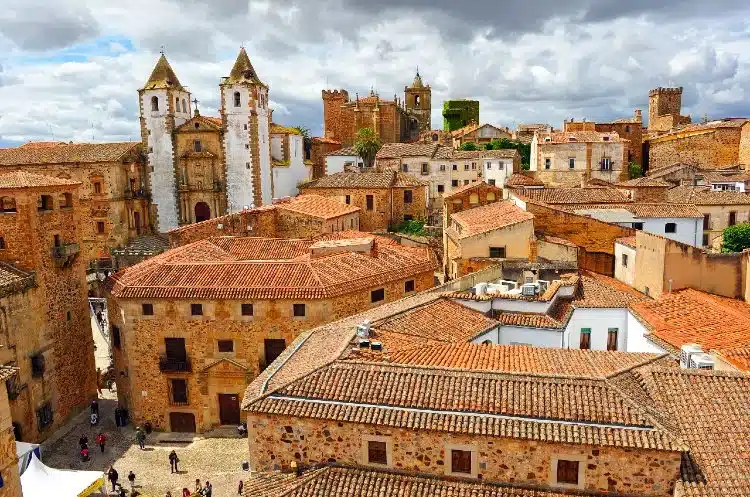
Every Camino route weaves through Europe’s cultural core, each step narrating a story. Every destination unveils a new, enlightening discovery. Whether it’s the architectural marvels, the ancient traditions, or the spiritual sanctuaries, the Camino de Santiago is a pilgrimage that transcends the physical realm, inviting travellers to immerse themselves in the rich cultural heritage that has shaped the path of pilgrims for centuries.
Walking or cycling these ancient paths, let history, art, and spirituality inspire your journey. They’ll leave lasting memories and insights for a lifetime. We hope that you these can enjoy cultural highlights on your next Camino adventure!
For more information about the Camino de Santiago routes or to book your Camino holiday, contact us. Enjoy your next cultural adventure! Plan your Camino effortlessly and get an instant quote with our Camino Planner.